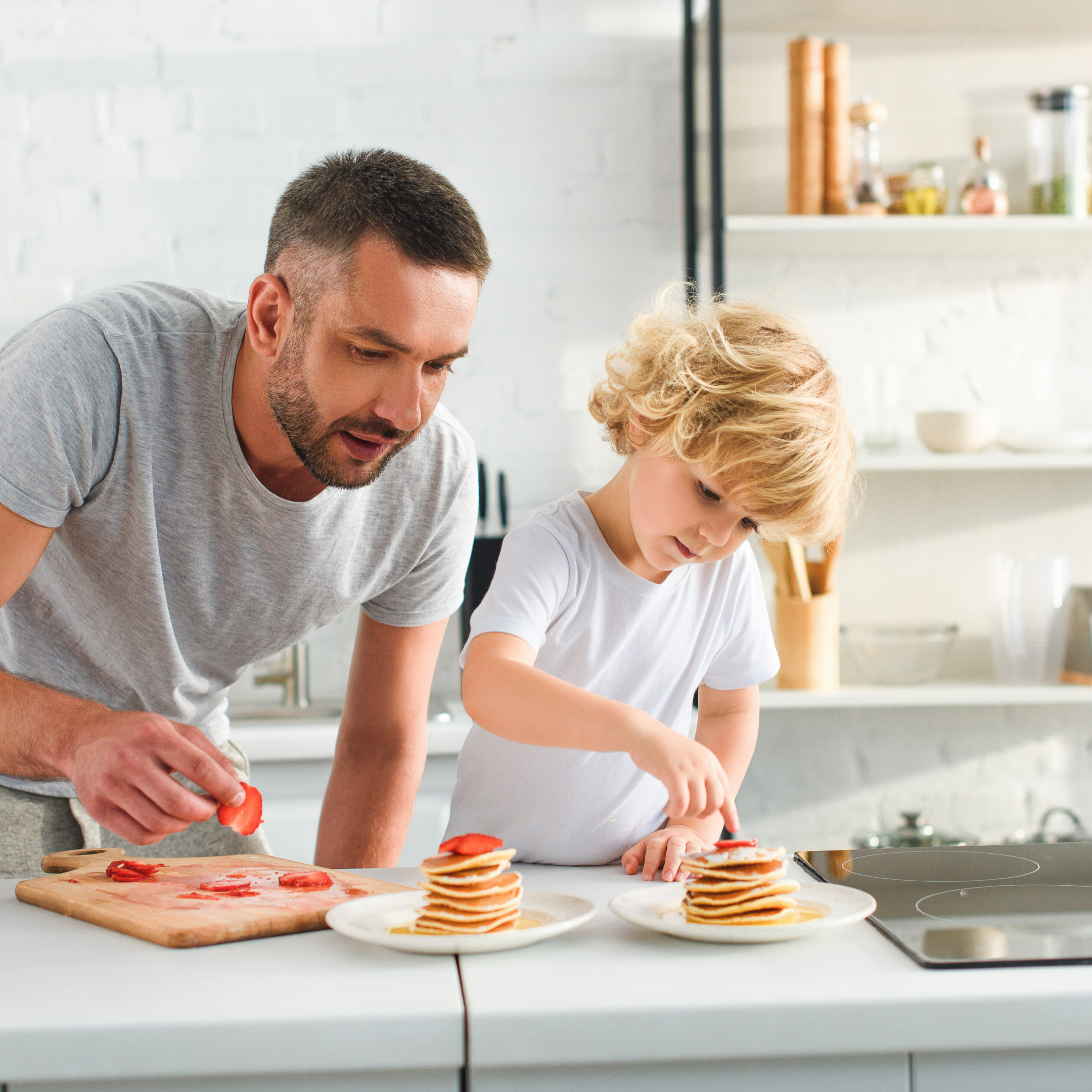This week’s podcast was all about how we measure success throughout our tube weaning program at Thrive. It is important that when we focus on measuring progress, we look at so much more than the numbers. At Thrive, we encourage parents and medical teams to shift their focus from a number-based measure to a more qualitative measure. This includes initiation, engagement, attention to meals or food, and satiation. When we focus on all of these factors, it is crucial to address the family mealtime routines. Many children who are on a feeding tube are not exposed to the family mealtime, which is a time to build on all of these important foundations. Stringent tube-feeding schedules and extended time spent on the tube feeding itself can make sitting down and eating together difficult, but it is such an important step towards a successful wean. The research shows that there are many benefits to family mealtimes including increased social opportunities, decreased risk of obesity, decreased risk of substance abuse, and overall improved relationship with food.
No matter where you are in your tube weaning journey, whether you are thinking about the possibility or in the follow-up portion of your wean, there are so many benefits to a family mealtime. Children who are on a feeding tube specifically benefit from:
- Being part of a family routine
- Having mealtime expectations that are not volume or eating related
- Opportunities to build comfort around new foods including different smells, tastes, and textures
- Watching parents and siblings eat, which research has shown is one of the most powerful tools in the development of healthy eating habits.
When you take the focus off the number of bites or the amount of ounces a child is drinking, you can truly look at other ways to measure success, including:
- Meal preparation: Help your child prepare the food and make it clear that there is no expectation for eating. This allows children to feel the pride of contributing to the meal, and also helps build engagement and attention around the meal.
- Building attention at mealtimes. This might start with 2 minutes, but can slowly extend as your child becomes more comfortable at the mealtime setting. If your child is showing significant anxiety just being at the table, this is such an important step to build the foundation for weaning.
- Engaging with family members during the meal and participating in family conversation. Non-food conversation is so important to take the focus off the food and any “food-based” expectations.
This can be difficult, and doesn’t happen overnight! Try to work on small goals and talk with your therapist or team about how you can implement this into your everyday routine.

Be the first to comment